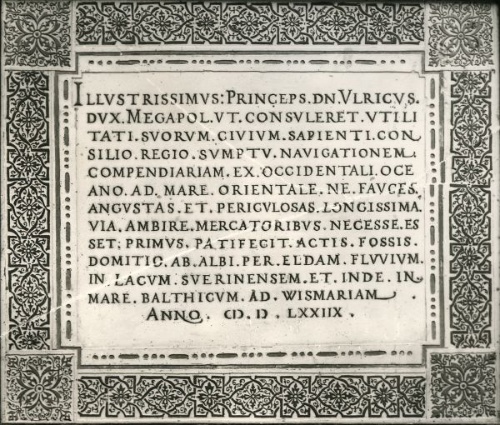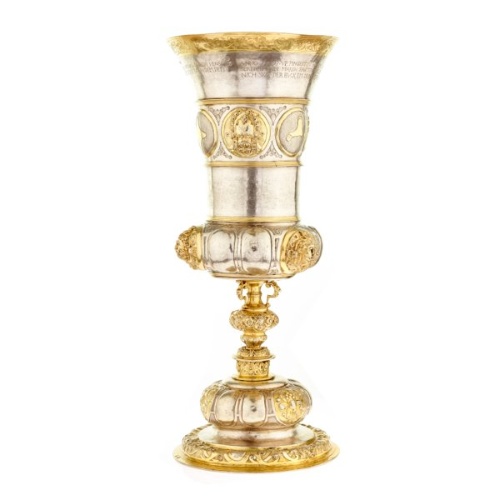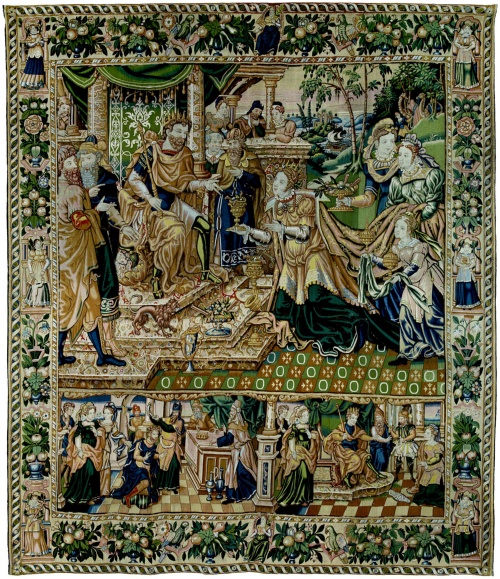Rostock and Wismar in particular were still generating profits and benefits from the renewed upswing in Baltic Sea trade during the late Hanseatic period. Yet the new early capitalistic development in Europe, with its publishing and manufacturing system, did not achieve the same heights of the Mecklenburg towns and cities.
Trade and industry 1550 up to 1600
On the timeline through this topic
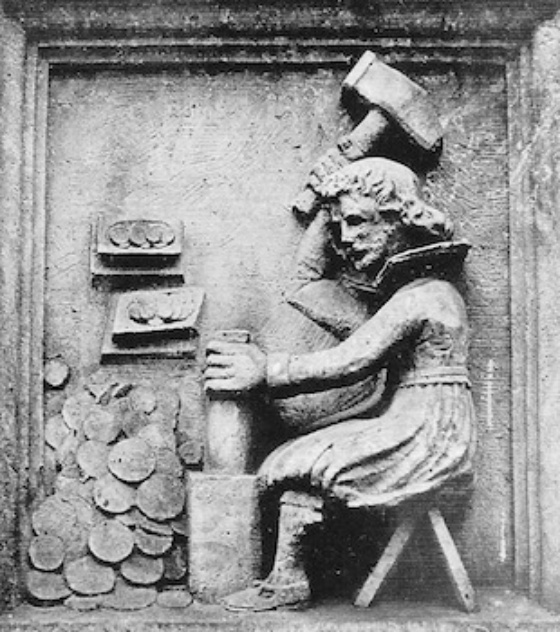
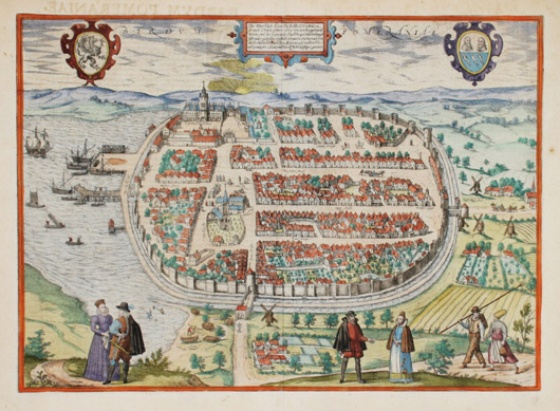
around 1580
The Hanseatic League loses influence. The merchant and banking house Loitz collapses in Stettin in 1572, although just a few decades before it had been on the brink of securing a salt monopoly in the north of Europe. It sends the economy in Pomerania into turmoil and also damages the Pomeranian rulers. At the same time, Stettin wages trade war with Frankfurt/Oder. Count Bogislaw XIII founds the city of Franzburg in 1587 to escape from this predicament; it is constructed as a crafts settlement, which, is ruled by the aristocratic class according to the Venetian paradigm. Its purpose is to compete with Stralsund. But only a provincial town with a fabrics industry emerges.
